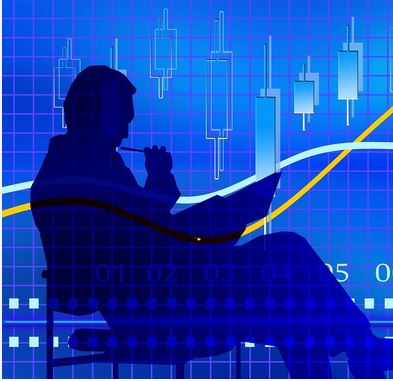The behaviour of investors can be affected by events that occur outside of the regular trading hours of the financial markets. Natural disasters and international incidents are not picky about when they strike.
Major firm earnings reports released either after or before the market opens can drastically alter the market’s course. Quarterly reports are made public in January, April, July, and October.
The stock market usually opens higher when there is positive news about a major corporation. Thus, the opening price of the stock market may fall in response to negative information.

Prediction about the direction of the market open
Before discussing why some investors pay close attention to the expected direction of the open, let’s look at a few things that help them do this.
Things like natural tragedies and geopolitical events can happen at any time. When a sitting president is killed, or a significant terrorist attack occurs, the market will likely start much lower than usual.
There is also a place for corporate data. Key company earnings reports that come out after the market closes or before it opens can change the market’s direction.
Most businesses announce their quarterly findings in January, April, July, and October. When there is good news from a leading company, the stock market tends to open higher. When there is bad news, the stock market can open lower.
Information about after-hours trading
The previous day’s after-hours activity indicates the timing of the following day’s trade. ECNs, or electronic communication networks, are used for trading stocks before and after regular market hours.
This sort of behaviour can aid traders in predicting the general market’s trajectory. Indicators are explicitly designed for monitoring activity outside of regular trading hours, such as the Nasdaq-100 Pre-Market and After-Hours Indicators.
Index futures are traded for practically the entirety of each day. It can also reveal the market’s anticipated direction at the beginning of the following session.
Fund managers frequently utilise S&P 500 futures to hedge their stock market exposure by selling the contract short or enhancing their exposure by buying the futures contract.
How events in international countries’ can influence the market open?
When trading stops in the United States, it continues in many other countries. It’s possible that the U.S. market opening will be higher if Asian markets do strongly. If there are significant losses overseas, it may cause the domestic stock market to open lower.
Buyers in one nation can anticipate the direction of local markets by keeping tabs on trading activity in other countries. Significant international financial centres like Tokyo, Frankfurt, and London are frequently used as barometers for the U.S.
Market experts rise early to go through the data and utilise a variety of indications to make educated guesses about how the U.S. market will open.
Buyers with less ambition sometimes rely on what they read or hear on social media or the morning financial news to understand what they may expect for the day.

Bottom line
The brightest brains in finance have studied the topic for decades, yet satisfactory solutions have yet to emerge. Positive outcomes include the possibility of short-term momentum effects and a weak long-term mean-reversion effect.


